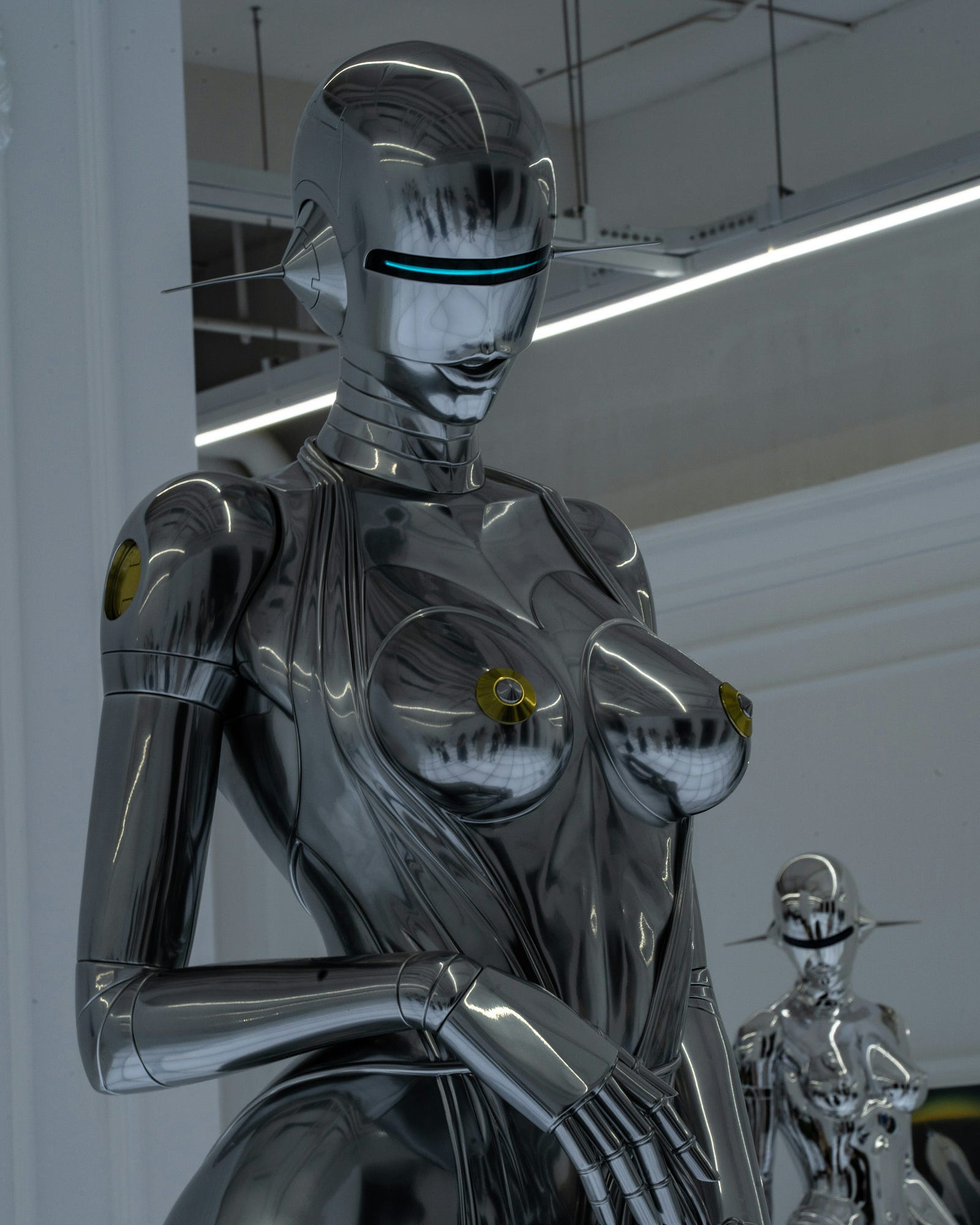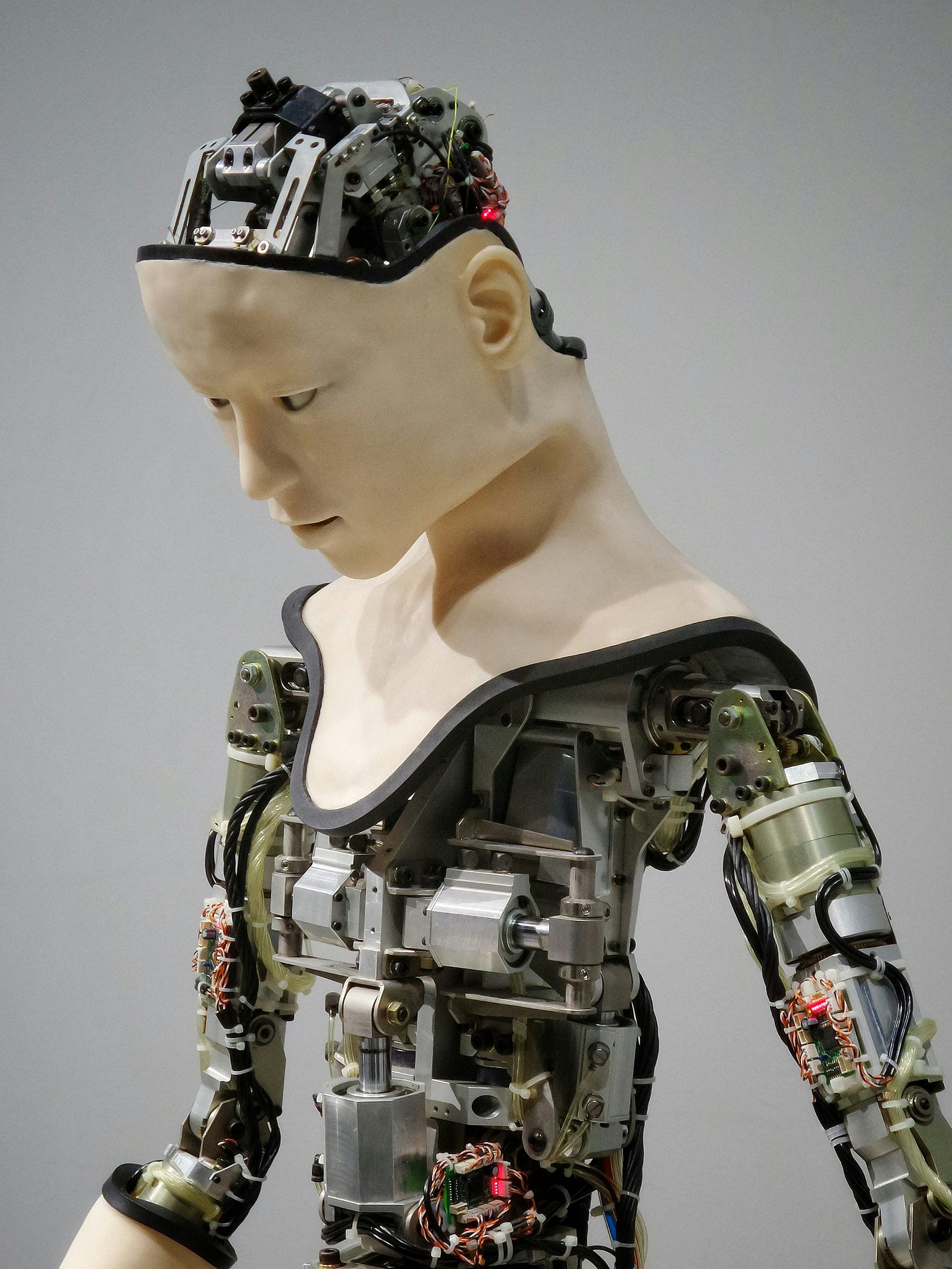Game Changer: AI Sees What We Miss
Envision a future where mammograms, with the aid of AI, become even more effective at detecting breast cancer. This advancement not only enhances the accuracy of diagnoses but also alleviates unnecessary stress and anxiety from false positives, offering a sense of reassurance to women. Today, we explore AI and breast imaging.
New research findings suggest that the future might be closer than you think.
I am an oncologist with a special interest in breast cancer.
I am watching closely as artificial intelligence infiltrates many aspects of the field.
That future might be closer than you think.

AI and Breast Cancer Screening
A new study published in Radiology, a journal of the Radiological Society of North America (RSNA), suggests artificial intelligence (AI) could be the game-changer we’ve been waiting for.
In this groundbreaking study, Danish researchers harnessed the power of artificial intelligence (AI) to analyze mammograms, yielding promising results:
Not only did AI find more breast cancers, but it also significantly reduced the rate of false positives.
Using this approach could mean fewer unnecessary biopsies and a lot more peace of mind for women undergoing breast cancer screening.
Let’s delve deeper into this exciting development and explore how AI might revolutionize the fight against breast cancer.
Study Details: AI and Breast Cancer Screening
The Danish study involved two groups of women aged 50 to 69 who received mammograms every two years.
Before AI
The first group had their mammograms read by two radiologists traditionally.

Enter AI
The second group’s mammograms were first analyzed by AI software trained to spot suspicious areas.
If the AI flagged a mammogram as likely normal, a single radiologist reviewed it.
Any mammograms raising concerns with the AI received a double read by radiologists with AI support.
Promising Results
Here are the study findings:
The artificial intelligence detected more breast cancers (0.82 percent) than the traditional method (0.70 percent). AI identified a higher percentage of smaller (under one centimeter) invasive cancers.
Notably, the AI approach significantly reduced false positives (1.6 percent) compared to the traditional method (2.4 percent), offering women a greater sense of reassurance.

The reduction in false positive results means fewer women undergoing unnecessary biopsies and worrying about potential cancer.
The AI system also helped radiologists by lowering their workload by one-third.
What’s Next?
While these results are exciting, more research is needed to ensure long-term effectiveness and avoid unnecessary diagnoses.
The AI system is also under development, and researchers are working on incorporating a woman’s past mammogram history for a more complete picture.
Important Note
Breast cancer screening guidelines can vary between countries.
Researchers conducted the study in Denmark, and the findings might not directly translate to other regions with different protocols.
Summary
This study showed that using AI alongside mammograms led to:
- Discovering more cancers: The AI system helped find a slightly higher percentage of breast cancers than traditional methods.
- Fewer false alarms: Women had a lower chance of being called back for unnecessary biopsies due to suspicious results that weren’t cancer.
- Lighter workload for doctors: The AI system helped radiologists work more efficiently by highlighting areas of concern.
While these initial findings are promising, it’s crucial to note that more studies are needed to confirm the long-term safety and effectiveness of AI-assisted screening.
This emphasis on ongoing research keeps the audience informed and aware of the evolving nature of healthcare practices.
As someone who helps those with breast cancer, I am excited.
As someone who helps those with breast cancer, I am excited.
One more thing:
Thank you for reading “AI and Breast Imaging.”




